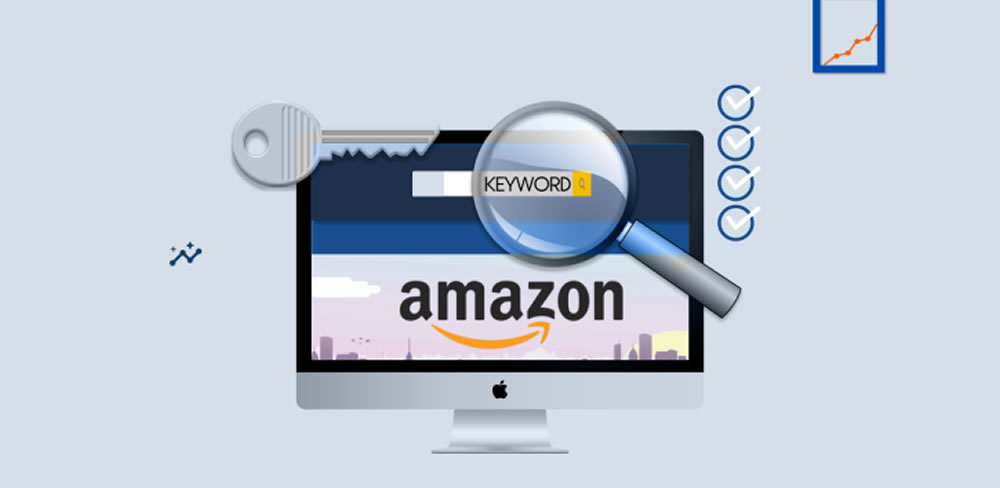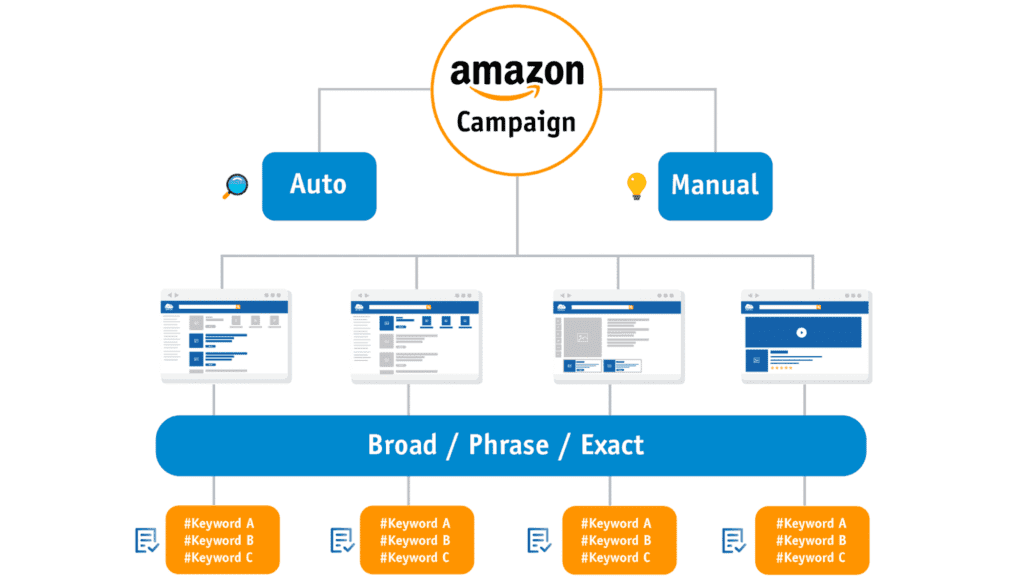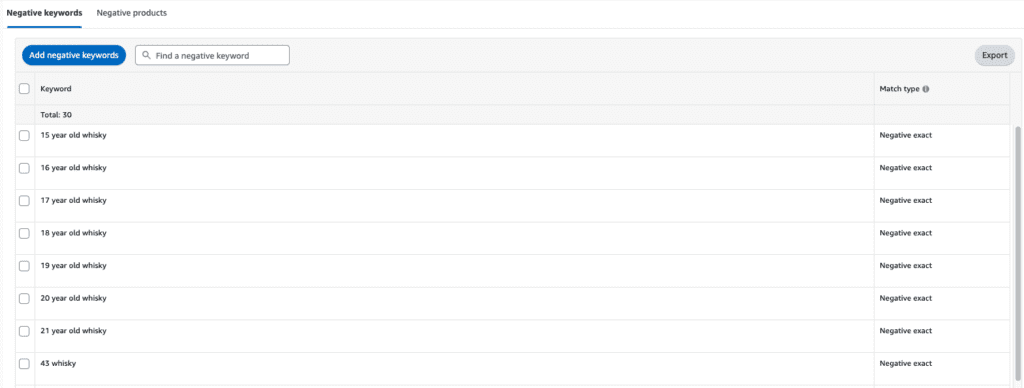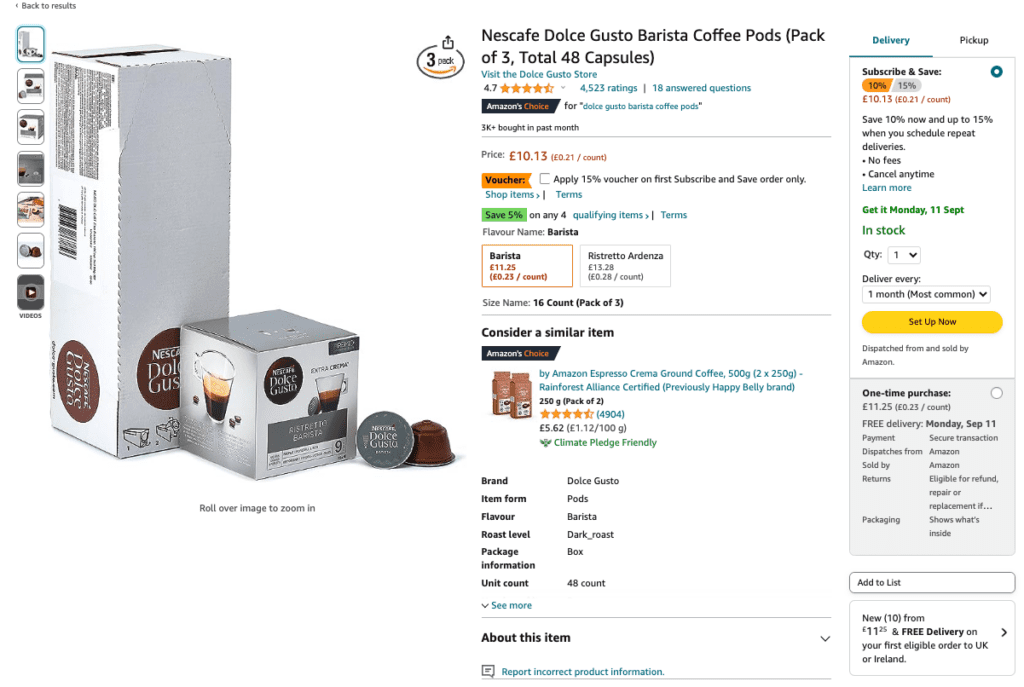Struggling to navigate the complexities of Amazon PPC campaigns? You’re not alone. Many sellers grapple with optimizing their ad spend amidst fierce marketplace competition.
This comprehensive guide demystifies the process, offering actionable strategies and best practices that promise to elevate your online presence and sales on Amazon.
Mastering Keyword Research and Selection
Unlock the potential of your Amazon PPC campaigns with strategic keyword research and selection. This pivotal step is not just about finding words; it’s about discovering the phrases that echo in the minds of shoppers as they seek products like yours. When you pinpoint these keywords, you’re essentially placing a beacon within Amazon’s vast marketplace, guiding customers straight to your listings.

Finding this sweet spot requires finesse—melding high-traffic keywords with niche long-tail terms that promise higher conversion rates despite their lower search volumes. Here’s how to embark on this quest:
- Jot down all relevant terms, synonyms, and related phrases connected to your product.
- Leverage tools such as Amazon Keyword Research Tool, Sonar, or Keyword Scout for additional insights and hidden opportunities.
- Evaluate each keyword by considering its search volume, competitive landscape, and CPC metrics.
- Spy subtly on competitors’ tactics for new ideas that could give you an edge.
Bear in mind: The art of keyword optimization is never static. It demands vigilance—a constant cycle of assessment and refinement—to ensure your ads resonate with current trends and consumer behavior. Monitor closely, act on data-driven insights, and watch as your PPC efforts yield fruitful returns in the dynamic world of Amazon selling.
Campaign and Ad Group Organization
Mastering the art of Amazon PPC campaigns begins with a canvas of meticulous organization. Imagine each campaign as a brushstroke that defines your advertising masterpiece, tailored to distinct product lines, customer segments, or marketing goals. Precision in this initial step ensures every dollar is strategically placed where it can work hardest for you.
- Create separate campaigns to allocate budgets and bids with laser focus.
- Distinguish between manual and automatic campaigns, harnessing each for unique insights and precision targeting.

In the realm of ad groups, think of them as ensembles within an orchestra—each playing its part in harmony but offering distinct melodies. Here’s where products sing alongside their most compatible keywords; variations resonate under one theme. It’s about synergy:
- Cluster similar items to spotlight top performers against targeted keywords.
- Vary ad groups by keyword match types: broad, phrase, exact—each a key to unlock potential reach and conversion clarity.
Your role? The conductor—continuously tuning these elements for peak performance. Embrace experimentation within your ad group structure; let data guide your strategy refinements for those winning results in your Amazon PPC campaigns.
The symphony of success on Amazon isn’t just played—it’s carefully orchestrated through thoughtful campaign structuring. Let’s compose yours today!
Bidding Strategies and Budget Allocation
Mastering Amazon PPC campaigns hinges on two pivotal elements: savvy bidding strategies and smart budget allocation. The art of bidding is about setting the stage for your ads—be it sponsored products or brands—to thrive, aiming to boost your ROAS, all while outmaneuvering competitors. Whether you opt for hands-on control with manual bidding, or lean into the precision of Amazon’s automated system based on target ACoS or ROAS, selecting a strategy that resonates with your campaign goals is vital.

Distributing funds across campaigns demands finesse; it’s not just about how much you spend but where you invest. Sharpen your focus on high-performing keywords and products by allocating more budget there—it’s an investment in proven success. Yet, reserve a slice of that budget pie for exploring new market territories through fresh keywords and tactics.
- Analyze advertising data meticulously.
- Prioritize top performers in budget plans.
- Mix stability with experimentation to stay competitive.
In essence, balance is key—nurture established winners while courting potential breakthroughs. This dynamic approach keeps your Amazon PPC campaigns agile, profitable, and poised for continued success.
Mastering Negative Keywords in Amazon PPC
Imagine steering your Amazon PPC campaigns with precision, avoiding the pitfalls of wasted ad spend and irrelevant traffic. That’s the power of negative keywords. These are not just filters; they’re strategic tools that sharpen your advertising focus, ensuring only interested eyes land on your products. By diligently curating a list of terms to exclude, you elevate campaign performance and drive up your return on investment (ROI).

The art lies in identifying which words don’t align with your offerings—perhaps they attract bargain hunters when you sell premium goods or bring in browsers for unrelated items. Once pinpointed, these terms should be promptly added to your negative keyword list, an action akin to fine-tuning an instrument for perfect harmony.
- Analyze past data; what hasn’t converted?
- Add those non-performers to the negative mix.
- Maintain vigilance—regularly prune and update this list.
Negative keywords can be applied at both campaign and ad group levels—a flexibility that allows bespoke targeting strategies. Embrace experimentation; it’s through trial and refinement that optimal combinations emerge.
Incorporating negative keywords is less about subtraction and more about addition—the addition of value, relevance, and efficiency to every dollar spent on advertising. It’s a step towards crafting a leaner, meaner Amazon PPC strategy that propels sales forward while keeping costs firmly grounded.
Optimizing Product Listings for PPC
Mastering the art of PPC (Pay-Per-Click) optimization transforms your Amazon product listings into magnets for potential buyers. A well-crafted listing is more than just informative—it’s a siren call to your ideal customer, promising them exactly what they’ve been searching for. With each element meticulously honed—from snappy titles and crisp images to bullet points that sell and keywords that hit home—you’re not just selling a product; you’re providing a solution.

Dive deep with keyword research; it’s the compass guiding shoppers to your shore. Weave these terms through titles, bullets, and descriptions like golden threads—visible but seamless. High-quality images then capture the essence of your offering, allowing customers to envision their lives enhanced by your product.
- Analyze trends regularly,
- Tweak campaigns dynamically,
- Capture market shifts swiftly.
This isn’t set-and-forget; it’s evolve-and-excel. As preferences shift and new competitors emerge, stay agile—your success depends on it.
Analyzing and Adjusting Campaign Performance
Mastering Amazon PPC campaigns demands vigilance—monitor, tweak, repeat. It’s a dance with data: interpret the metrics’ rhythm to choreograph your strategy. Keep an eye on click-through rate (CTR), conversion rate, and return on ad spend (ROAS); these are the beats of your campaign’s heart.

A weekly analysis is not just routine—it’s strategic foresight in action. Spotting trends early can be the difference between soaring profits or stagnant sales. A keyword may attract clicks without sealing deals; that’s your cue to refine bids, prune lackluster keywords, or sow new ones for richer yields.
- Dare to experiment with ad placements and targeting options.
- Tweak ad copy until it resonates with precision.
- Pursue the sweet spot where traffic volume meets cost-effective conversions.
The quest? A ROAS that sings success. With each adjustment, you’re tuning your campaigns for peak performance—turning browsers into buyers while optimizing every dollar spent. This isn’t just about running ads; it’s about running them smarter every day.
Scaling and Automating Your PPC Campaigns
Imagine your Amazon PPC campaigns as a high-performance engine, where scaling is the turbo boost propelling you into new markets with precision. It’s about smartly amplifying ad spend to capture the attention of a broader audience, ensuring that every dollar works harder for you. As we delve into this process, remember: an optimized campaign can transform browsers into buyers.
- Analyze your current metrics; pinpoint exactly what’s working and what needs fine-tuning.
- Ramp up budgets strategically—more fuel in the tank means more miles on the road to success.
- Adjust bids for maximum visibility; think of it as placing your product on the top shelf, within easy reach of eager customers.
Now let’s talk automation—the silent partner in your growth journey. By leveraging cutting-edge tools for targeting and bid management, you’re not just setting sails but also harnessing wind power for an effortless voyage across sales oceans. Automation isn’t just about ease; it’s about consistency and reliability in optimizing campaigns while freeing up valuable time to invest elsewhere in your business empire.
The harmony between scaling and automation is like a well-conducted symphony—it drives traffic seamlessly, elevates conversions gracefully, and ultimately crescendos into increased profits without missing a beat. Embrace these strategies with confidence knowing they are pivotal chapters in your story of Amazon success.
Final Insights for Elevating Your Amazon PPC Mastery
Navigating the complexities of Amazon PPC campaigns is a pivotal step towards marketplace triumph. With precision in keyword research and campaign structuring, coupled with savvy bidding tactics and judicious budgeting, you’re setting the stage for impactful advertising that propels your business forward.
- Dive deep into keyword research.
- Streamline your campaign and ad group structure.
- Adopt smart bidding strategies alongside thoughtful budget management.
- Leverage negative keywords to refine targeting.
- Hone your product listings for peak optimization.
- Meticulously evaluate and tweak campaign performance.
- Elevate efficiency through scaling and automation of campaigns.
Let these principles guide you as you ascend to new peaks in your Amazon venture. Relish the success born from a meticulously crafted PPC strategy—your blueprint to an outstanding advertising journey awaits!
Amazon PPC Campaign Structure FAQs
Analyze your advertising data, identify top-performing keywords and products, and allocate a higher budget to those areas. Also, allocate some funds to testing new keywords and strategies as the market evolves, balancing your budget between proven winners and potential new opportunities.
Automate your campaigns using tools like Amazon’s Sponsored Products Automated Targeting or third-party software, which help manage bids, adjust budgets, and optimize campaigns more efficiently. Automation saves time and allows you to make data-driven decisions for your campaigns.
Effective organization involves creating separate campaigns for different product categories, target audiences, or advertising objectives, and maintaining a clear distinction between manual and automatic campaigns. Within each campaign, organize ad groups by grouping similar products or variations together, or by different keyword match types.
Conduct thorough keyword research, incorporate relevant keywords into your product title, bullet points, and description, invest in high-quality images, and create engaging and persuasive content. Monitor and analyze your PPC campaigns regularly, making necessary adjustments to stay competitive.
Analyzing your campaigns at least once a week is recommended to identify trends and patterns, evaluate their efficiency, and make well-informed decisions for adjustments. Regular monitoring ensures continuous growth and performance improvements.
Bidding strategies include manual bidding, where you control your bids, and automated bidding, where Amazon’s algorithms manage bids based on your target ACoS (Advertising Cost of Sales) or ROAS (Return on Advertising Spend). The goal is to maximize ROAS while maintaining a competitive edge.
Keyword research helps identify relevant search terms that potential customers use, increasing the likelihood of your ads appearing in relevant searches, driving more traffic, and boosting sales. It involves finding high-performing keywords with significant search volume and less competitive long-tail keywords with higher conversion rates.
The key to success lies in balancing scaling and automation, regularly analyzing and adjusting campaigns based on performance data, optimizing product listings, utilizing negative keywords, and implementing effective bidding strategies and budget allocation.
Negative keywords prevent your ads from being displayed to irrelevant shoppers, reducing wasted ad spend, improving ROI, and ensuring your ads reach the right audience. This increases the likelihood of conversions and boosts product visibility.
To scale your campaigns, evaluate your current performance, conduct thorough keyword research to discover new high-performing keywords, increase your daily budget and bids, and regularly analyze and optimize your campaigns. Scaling helps reach a broader audience and drive more traffic to your listings.

Mina Elias, “The Egyptian Prescription,” is the CEO of Trivium Group. A chemical engineer turned Amazon seller, he mastered Amazon PPC advertising, investing personally. His insights, shared via YouTube and podcasts, led to Trivium’s global recognition. Today, Mina is a leading figure in the Amazon PPC space.



